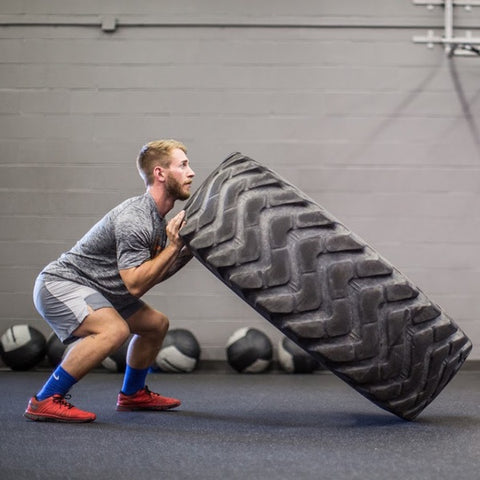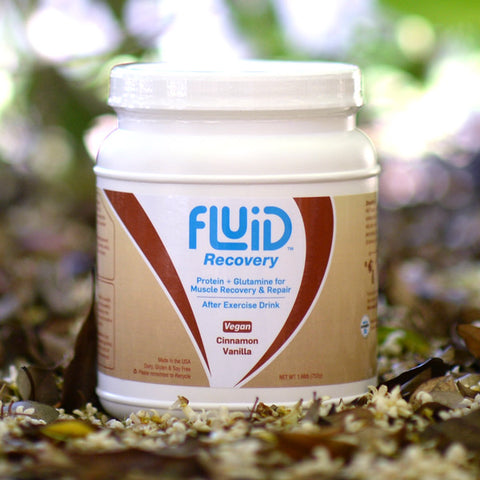I’m sure you’ve heard the hit single by now, “It’s All About That Bass.” You would have to live under a rock to not have. But did you pick up on the song’s message? It’s clearly a message to endurance athletes everywhere: make sure you have a strong base as you prepare for the race season…and…the size of your backside is a negligible aerodynamic feature…I think. Let’s stick to the strong base message.
Old System
When most athletes hear the term “base training” they immediately think about long-duration training sessions at a low-moderate intensity. The style most often cited, named after the New Zealand running coach Arthur Lydiard, suggests that long, slow running will serve as a foundation (i.e. base) for improving aerobic capacity, more specifically maximal oxygen consumption (VO2max). Strength training was primarily accomplished through hill workouts. For triathletes (and in this article), the Lydiard Method is not only applied to running but cycling and often swimming as well.
New Style
The success of Lydiard is undeniable. But as running science has advanced, strength training is seen as more important and many weaknesses have emerged with the long-slow approach. For one, long-slow runs lead to proficiency in going…well… long and slow. The goal is usually to go long and fast. To go faster, you need to be able to produce more force during ground contact and/or the pedal stroke. By general and discipline-specific strength training, you will accomplish this easier and quicker than the traditional long-slow method.
Secondly, Lydiard believed that fast training is anaerobic training which leads to lactic acid production and muscular injury. As a result, very little training was to be spent at high intensity/speeds. The new goal is to be able to improve your velocity at VO2max (called vVO2max) and improve lactate threshold. Both high intensity intervals and strength training help accomplish these objectives. Because increased speed and/or resistance requires recruitment of more force-producing muscles than long-slow training, you need to frequently implement higher intensity sessions that will adequately stimulate these muscles.
Last, Lydiard recommended running about 99 miles per week to accomplish resistance to fatigue and economy. The new science and coaching experience of many suggest lower mileage is equally as effective. Instead of using the long-slow runs to build strength and stamina, use the strength training to make your long-slow runs more effective. You’ll find your slow getting a little faster and be able to go a little further.
 Photo courtesy of Gymnazo.com
Photo courtesy of Gymnazo.com
Some additional suggestions you should consider:
Focus on Form
Instead of beating your body up over long distances using bad form, focus on fixing your form first over distances you can manage. This means, for example, developing proper foot strike and good cadence for runners or fixing the dead spots in the pedal stroke for cyclists. The result will be lower risk to injury and more economical performance which will naturally lead to improved running and cycling capacity. Consequently, training sessions will be more potent producers of fitness because speed, economy and resistance to fatigue will all increase.
Add Strength Training
While focusing on form, you should simultaneously develop general strength. Not only will a good strength program help form, but it will build muscles in a way that contribute to maximizing good form. General strength exercises should include movements that will strengthen upper body, core, and the lower body. When combined with running, like in circuit training for example, both strength and lactate threshold increase.
In summary, the goal of base training should be good form and building general strength. To accomplish this, mix in strength training with your regular training so your changes in strength drive distance as opposed to letting the distance drive the strength. By doing this, you’ll improve economy through good form, generate more force, and consequently improve speed while minimizing injury risk.
Happy Training!
Sample Strength Training Circuit– Yes, you can do this in the base training phase
- Set up- You can set this up in your garage. You need resistance bands, and a bench about 24″ high or object (cooler or chair) you can put your body weight on.
- Warm up for about 15-20 min jogging at an easy pace then follow the below steps with as little rest between steps as possible.
- Run 200-400 m at 10k pace
- Standing on one leg, do 12-15 bicep curls each arm, using resistance band (switch arm/leg)
- Planks, 30-60 sec
- Push ups with legs elevated on bench, 10-15 reps
- Squats w/ resistance bands, 35-45 reps
- Run 200-400 m at 10k pace
- Lunges, 15 p/leg
- Upright row w/ resistance bands, 15-25 reps
- Side planks, 30-60 sec each side
- One leg calf raises, 20-30 reps
- Run 200-400 m at 10k pace
- Repeat #’s 2-11 a second time, then move on to #13
- Jog easy for about 10-15 min



